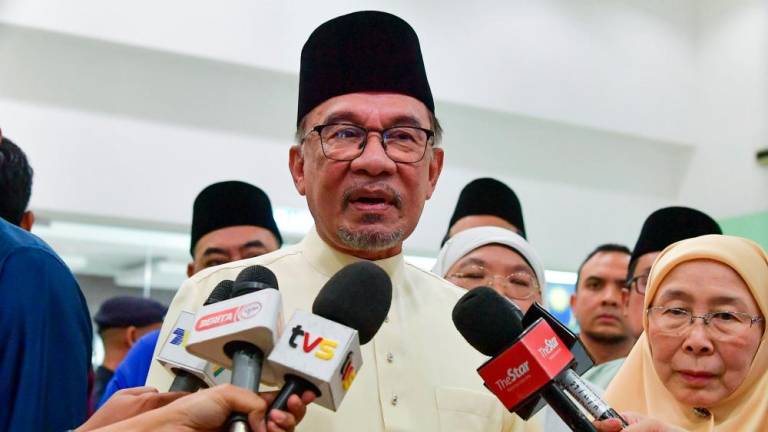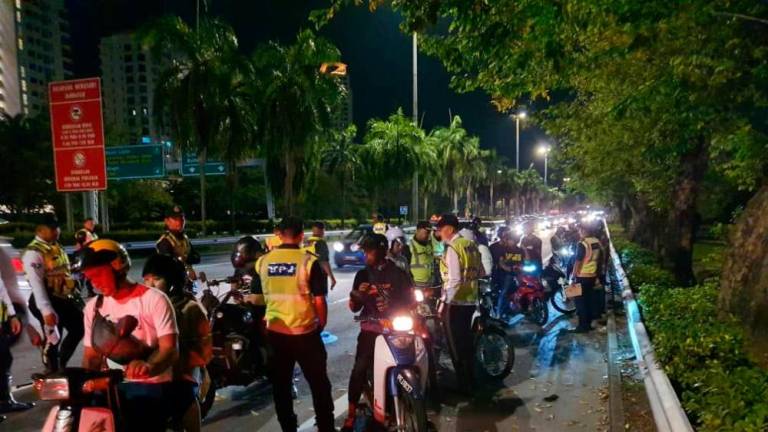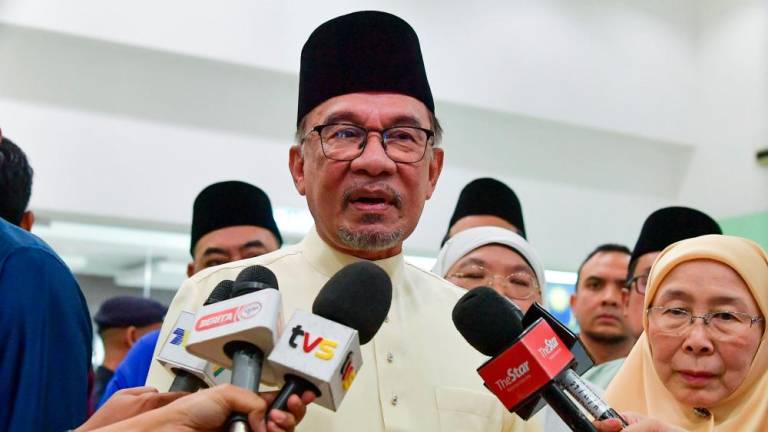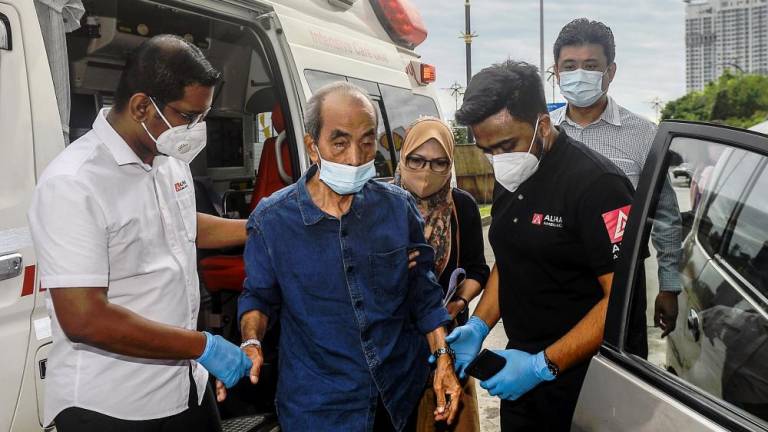PETALING JAYA: Economists and lawyers have raised concerns over the government’s move to consider increasing the bankruptcy threshold, saying it may not help overcome the increase of such cases.
They said if implemented, it will cause further liability and place the public in a deeper hole under extreme repayment pressure, despite the government’s intention to strengthen the national economy.
Lawyer Fahri Azzat said raising the threshold would not be effective in addressing bankruptcy issues unless the authorities implement it for only a short period. Hence, it should not be considered.
“This is not something that should be encouraged. I can understand the desire to increase the limit, but I think this cannot be a permanent practice because when we increase the bankruptcy limit, people cannot be ultimately held to account for their debts.
“Moreover, their assets cannot be released or unlocked back into the economic environment. But if there’s a bankruptcy, it works according to a policy where banks take their goods to resell and set the people free to move in the economy again,” Fahri told theSun.
However, he noted borrowers’ poor financial management is one of the factors contributing to the rising rate of bankruptcy, as it keeps them far from their obligation to make repayments.
“For example, my salary is not enough, so I borrow money. But if my living cost is too high, I will never be able to earn enough to pay my debt. Inevitably, I slip into bankruptcy.
“Many people are taking credit cards, personal loans and car installments for basic needs. If people are going bankrupt for basic needs, it may suggest that our economy is in a very poor position,” he said.
In agreeing with Fahri, lawyer S. Muhendaran said the move may give people the impression that bankruptcy will be resolved.
“But actually, borrowers may end up owing more money to the bank if they fail to make repayments.”
He also urged the public to be cautious when applying for loans as most people prefer full loans without realising the repayment will be higher compared with borrowers who make a downpayment.
“It may look like it’s resolved, but when people fail to repay their loans, they are going to owe the bank more money and will still be declared bankrupt.
“If they don’t pay up, the banks will keep charging interest and the figure (arrears) will get higher and may just reach RM100,000 (the current bankruptcy threshold). So, if that happens, is increasing the threshold practical?
“My suggestion is, if you want to get anything through loans, you must pay a downpayment which indicates that you have the money, and if you don’t take a full loan, the repayment will be lower.
“Unfortunately, people don’t realise that overspending is not good,” he said.
Bank Islam Malaysia Bhd chief economist Dr Afzanizam Abdul Rashid said the authorities should identify the root cause of bankruptcy and formulate a win-win plan to overcome it.
“On one hand, you would want to help those who are facing financial difficulties and on the other, you don’t want to create a moral hazard for bad borrowers who would abuse the leniency.
“There must be a clear roadmap to this so that the issue will be made known to all age groups. It should start from primary school and be an ongoing effort so that all of us recognise the importance of financial literacy,” he said.
File pix/Reuterspix













